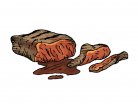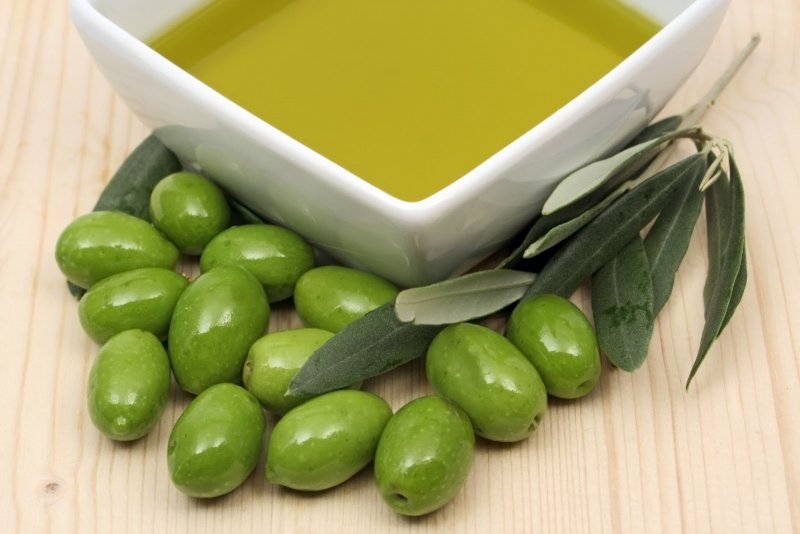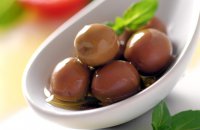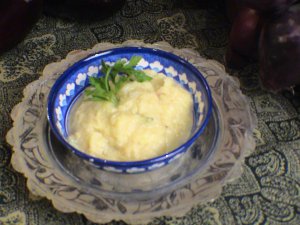The harvest
Harvesting the olives is a surprisingly lengthy affair, beginning in November in southern Greece and not ending until February. Over the course of three millennia, the basic tools have remained the same: flexible twigs with which to gently beat the branches laden with olives, or rakes that carefully "comb" the olives off the trees and onto the nets spread around the tree trunk. Within this new day and age, some farmers employ mechanical-technological means of harvesting olives, but most remain faithful to the old ways, often picking their olives by hand, one by one…
The olive press
Once gathered into either special sacks or baskets, the olives are taken to the press where the bits of branches and leaves will be removed from the mix. Then, the olives will be washed to remove the dust.
Crushing olives in the past
Farmers used to employ up to three animal-run millstones in order to grind their olives. Whether horses or strong mules, the animals would be make to turn the gigantic millstones again and again, crushing the olives beneath their weight. Requiring considerable time and energy, the work was not easy.
Pitharia, the large Minoan storing jars
From Minoan times through until just recently, olive oil was stored in the gigantic clay jars called "pitharia" that were kept in cool, dark storerooms. Pitharia are sometimes still used today within certain village. In fact, the famous potters of Thrapsano produce such jars upon request.
Today's methods
Nowadays, farmers will put one of two production methods to use. One of these methods is traditional in that it still entails the millstones, however, they are put into motion mechanically. The olives are crushed in a steel basin and neither horses nor mules are involved. The pulp is then separated into thin layers with round synthetic filters in between each layer. A hydraulic press, with a pressure graded between 250 and 400 kg per square centimetre, is used to bring out the oil from the pulp. The oil will then run through the filters into containers where it will be separated from the water.
The second method is entirely centrifugal, involving the mechanical spinning of the pulp at a high speed.fv. The revolutions will separate the flesh of the olives from the oil, ultimately separating the oil from the water so perfectly that wholly untreated virgin oil will emerge.
A significant number of Cretan producers prefer the modern production method known as "sinolea" because it leaves the fragrance of the oil intact and the quality is first rate. After crushing the olives and obtaining the paste in a classical manner, small paper-thin crescent-shaped steel blades run quickly and continuously through the paste. It is crucial that the producer ensure that temperatures remain below 100 degrees Fahrenheit throughout the sinolea process.
Modern storage
Today, producers generally store olive oil in large steel basins and regularly take samples for analysis. The oil is classified and stored in different basins according to its quality. In such basins, the oil can be preserved for extended periods without suffering from any quality deterioration.
Quality control
All large bottling companies and the majority of the smaller ones have highly specialized staff to analyze samples of the olive oil. Before a batch is completed, it will be sampled at least 25 different times. Thus, the consumer can rest assured that his olive oil is of a high quality.
The Production of Olive Oil
Though the methods have changed and evolved, the Greek tradition of harvesting olives and then producing olive oil has survived three millennia.
Country:
Category:
Related Articles
Most Popular recipes


































































